Leaving Dublin (continued)

I’ve left the port of Inis Mor and walk with a brisk breeze behind me. It rinses me with a stringent, salty air. I’m told the island’s weather can be challenging but with a warm sun and blue sky above me, I think someone in the same place has been kind to me.
On the island live 740 people. It has one bank (which opens for four hours every Wednesday), a few shops, three catholic parishes with three churches. They all share the same priest who is remarkably busy on a Sunday. It also has a cliff- top fort, one cop, six pubs, several hundred cows and the odd donkey or two. Oh, and 11,000 kilometres of metre high stone walls, neatly spacing out the entire island in a crossword configuration.
They have been built over the centuries and are still being built. My back aches at just the thought of their construction. The soil between the fences, which before people started to eek out a living from the land was nonexistent. It’s a cultivated combination of sand and seaweed which, with the benefit of time and a healthy rainfall, produces fertile ground. There are no complaints from the contented cows that go about their job chewing the green, green grass all day, every day.
The sun warms me as I walk up the 1000 metres to the ancient ruins of the fort, watchful of my footing. Standing inside the inner battlement I cast my eye down the 600 metre cliffs to the swirling Atlantic below. Behind me I have the security of a high stone wall which, as it has done for centuries, protects me and encloses me, in front of me I have the massive expanse of an ocean. Above me I have blue and below me I have green. But all around me I have a history so rich and powerful, it lives.
Outside the wall, the expanse of the 16 kilometre-long island unfolds with its fields of stone walls, rocky outcrops and dotted cottages and buildings. Life on the island is slow and unhurried. Locals only speak English in conversation with visitors. In conversations between themselves, it’s 100% Irish.
With three islands in the Aran group top explore, my time on Inis Mor must be cut short. The ferry is ready to take me to the little brother in the family of islands, Inis Oírr- the island of saints and scholars. I must leave the fort.
Within a few minutes I’ve made the short crossing and once off the boat I walk past the school, the playing fields and the small stone houses towards the graveyard on the top of a cliff to what appears to be a subterranean church.
“This is the temple of St Caomhán”, Michael, my local guide for the day tells me. “Caomhán was a white martyr catholic monk of the ninth century and his work in spreading the faith to Europe and beyond had him canonised. Like Christ, he would select 12 followers and venture off the shores of Inis Oírr, establishing what we would now call ‘learning centres’ for the willing. Like his contemporary – Columba, Caomhán was revered and admired for his tireless work.”
Michael spoke, I listened.
Normally I hate history lessons but felt a connection to everything around me, to everything Michael was saying. These ancient ruins of a sunken church with its mitre touching ground level seemed to have more meaning for me than just another ruin. This isolated pile of rocks on a windswept island clifftop was becoming more interesting than all of Rome, Athens or Cairo together. It was odd.
Michael told me the Church was once above ground but the bitter Atlantic winds had, over time, blown so much sand from the shore hundreds of metres away, that it became buried. “Every so often we have to dig it out.”
Strangely, I was captivated. listening with intent to Michael’s history lesson about St Caomhán. I listened like the little boy I once was, all those years ago, sitting in a cold classroom, being taught by the Christian Brothers. But this was different; Iwanted to learn now.
Michael took me from the church he called the Temple of St Caomhán and led me to a graveyard. “Look at the cross on that grave” he said with excitement; his passion and knowledge for all things catholic, historical and Aran becoming more than obvious. “It’s one of the most interesting of crosses – evolved from the pagan circle representing the sun and Christianised with the cross representing Christ. Michael knew a lot.
“It really is the most interesting of crosses and you will only see it here.”
I stood there among the ruins of headstones and graves and looked closely at the cross. It was interesting and I’d never seen anything like it either, but then again I don’t get all that excited about crosses. Certainly not like Michael. ‘Yes, that’s the cross of St Caomhán, or as you would pronounce it in English, St Kevin. And that was his temple”.
‘Yes, that’s the cross of St Caomhán, or as you would pronounce it in English, St Kevin. And that was his temple”.
I knew there was a connection. For years I thought Bunnings was my spiritual home.
Now I know I’ve found my real one on the island of Inis Oírr off the west coast of Ireland.
 United Kingdom
United Kingdom United States
United States Asia Pacific
Asia Pacific


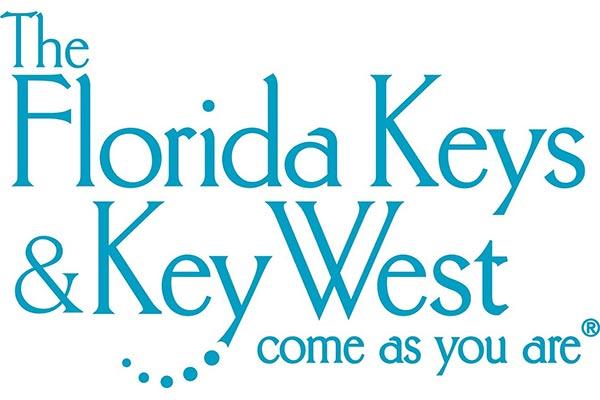
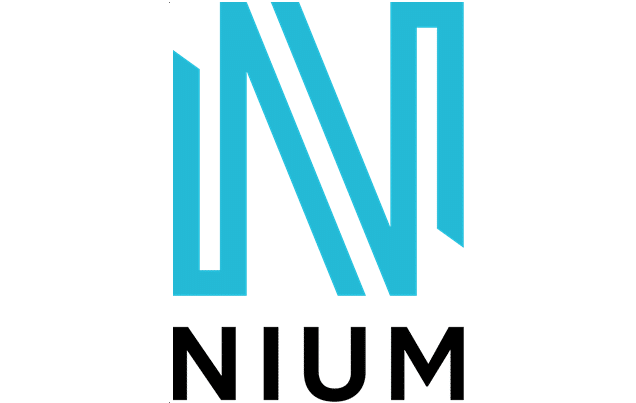
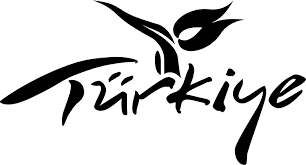
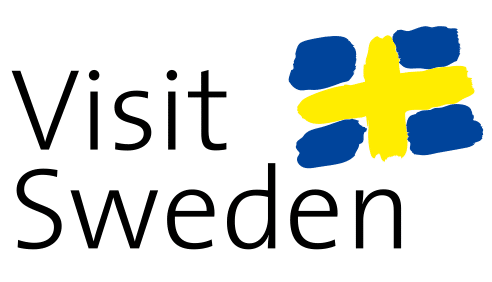
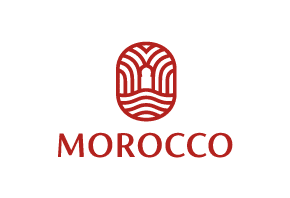








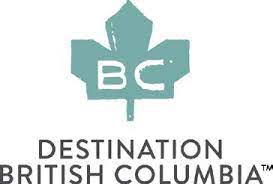




























Boy falls to death on cruise ship
Dozens fall ill in P&O Cruises ship outbreak
Turkish Airlines flight in emergency landing after pilot dies
Unexpected wave rocks cruise ship
Woman dies after going overboard in English Channel